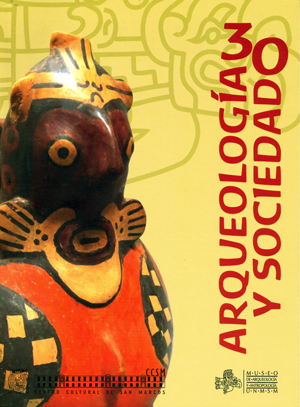WAKANISMO: MODEL OF ANDEAN THEORICAL APPROACH
DOI:
https://doi.org/10.15381/arqueolsoc.2015n30.e12274Keywords:
Andean Religion, Wakanism, Huamanism, pacarina, huancas, archaeology cognitive.Abstract
The word Huaca or Waka has changed its semantic dramatically between Quechua and Spanish languages caused by alienation of Spaniards conquerors since 1532 a.D. by intense acculturation and accentuation of Christianism. In Andean World the several social formations adapted to all ecological floors had a strong of ritual space and highly religiosity relationship to cult of Waka, phenomenon called Wakanism. It origin began to Late Archaic Period (3000-1800 b.C.) simultaneously to animal and plant domestication, development of ayni and minka, and settlement of several religious architecture traditions. To analyze this cultural phenomenon, we divided in five great categories: 1) the cult of Achachila, Auqui, Jirca and Huamani or Wamani, and others (Huamanism); 2) the cult of huacas concerns to several edified structures and sacred beings or gods; 3) the cult of huancas and puquios; 4) the cult of dead; 5) the cult of idols or fetiches. These autochthonous religious forms of Andean world have lived harmonically and permitted to develop of Andean civilizationsDownloads
Published
Issue
Section
License
Copyright (c) 2015 Alfredo José Altamirano Enciso, José María Arguedas Altamirano

This work is licensed under a Creative Commons Attribution-NonCommercial-ShareAlike 4.0 International License.
THE AUTHORS RETAIN THEIR RIGHTS:
a. The authors retain their trademark and patent rights, and also on any process or procedure described in the article.
b. The authors retain the right to share, copy, distribute, perform and publicly communicate the article published in the Arqueología y Sociedad (for example, place it in an institutional repository or publish it in a book), with an acknowledgment of its initial publication in the Arqueología y Sociedad.
c. The authors retain the right to make a subsequent publication of their work, to use the article or any part of it (for example: a compilation of their works, notes for conferences, thesis, or for a book), provided that they indicate the source. of publication (authors of the work, journal, volume, number and date).






